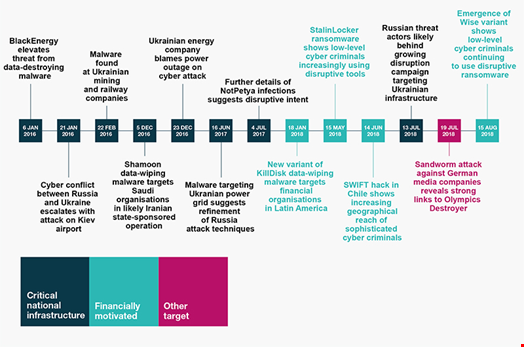By Anthony H. Cordesman
The U.S. has said remarkably little about how conditional its future plans to withdraw all forces in Afghanistan are on the success of the peace process, whether it will provide adequate support for Afghan military forces if the peace effort fails, or whether the U.S. plans to provide any security guarantees and military aid if a peace agreement is reached. So far, all that is clear is that the official total of U.S. military personnel has dropped from around 12,000 at the start of 2020 to 8,600 in July 2020, will now drop to some 5,000 personnel, and all U.S. troops will leave by May 2021 if a successful peace agreement is reached.
The U.S. has said even less about the possible details of any new security agreement with Iraq. About all that the U.S. has announced is that it will now cut its present total military personnel in Iraq from some 5,200 to around 3,000 – which does not indicate any clear picture of what the U.S. plans to keep in Iraq or in Syria for the future.
There also is no indication of the size of U.S. forces that will remain elsewhere in the Gulf region or at sea, of any U.S. effort to preserve a redeployment capability in a crisis, of the level of U.S allied forces that will remain, or of the trends in hostile outside forces like those of Russia, Syria, Iran, the Hezbollah, or other outside non-state actors – as well as powers that have different goals from the U.S. like Turkey and Pakistan.
Numbers that May or May Not be Accurate









